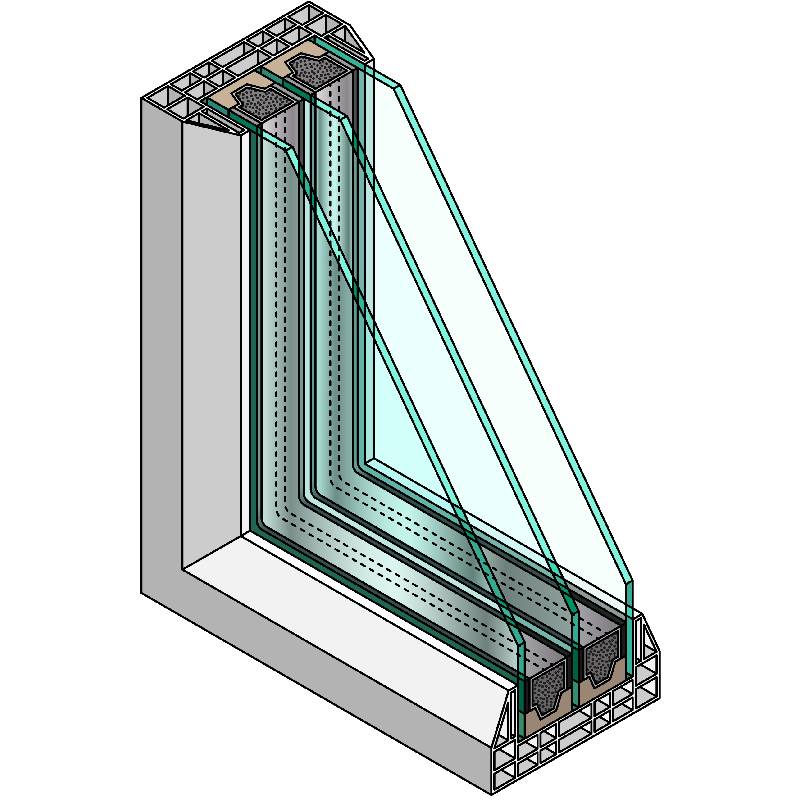

High Reflective Glass A Modern Material for Contemporary Architecture
In the realm of modern architecture and design, high reflective glass has emerged as a quintessential material that embodies both aesthetic appeal and functional efficiency. This innovative glass type, characterized by its ability to reflect a significant amount of light, offers a range of advantages that make it increasingly popular in a variety of applications, from commercial buildings to residential homes.
Defining High Reflective Glass
High reflective glass is engineered to possess a reflective coating that enhances its ability to reflect solar radiation. This coating is typically produced using advanced vacuum deposition techniques, where thin layers of metallic or dielectric materials are applied to the glass surface. The result is a sleek, shiny appearance that not only improves the visual appeal of structures but also contributes to energy efficiency.
Energy Efficiency and Environmental Benefits
One of the most compelling reasons for the adoption of high reflective glass is its energy efficiency. By reflecting a significant portion of solar heat, this type of glass reduces the need for cooling in buildings, leading to lower energy consumption and decreased utility costs. In climates where air conditioning is a primary concern, high reflective glass serves as an effective barrier against the sun, helping to maintain comfortable indoor temperatures with minimal energy input.
Additionally, using reflective glass can contribute to sustainability efforts. As buildings become more energy-efficient, they reduce their carbon footprint and reliance on fossil fuels. This aligns well with the global movement toward greener building practices, where architects and developers are seeking to minimize environmental impact while maximizing functionality.
Aesthetics and Design Flexibility

High reflective glass is not only practical but also offers extensive design flexibility. Its sleek, mirrored finish can create stunning visual effects, allowing architects to craft bold structures that stand out in urban landscapes. The reflective nature of the glass can create a dynamic play of light and shadow, altering the appearance of buildings throughout the day as the sun moves across the sky.
Moreover, high reflective glass can enhance the views from within a building. The reflective surface decreases visibility into the interior during the day while allowing inhabitants to enjoy panoramic views of the surrounding environment. This feature is particularly prized in commercial buildings, where aesthetics are vital for attracting clients and customers.
Challenges and Considerations
Despite its many advantages, high reflective glass is not without challenges. One significant concern is glare. In certain situations, the intense reflection can create uncomfortable conditions for pedestrians and drivers, leading to the need for careful consideration of site orientation and surrounding elements during the design process. Architects must balance the aesthetic advantages of high reflective glass with the potential for adverse effects on the environment and local community.
Another consideration is the cost. High reflective glass can be more expensive than standard glass alternatives. However, when viewed through the lens of long-term energy savings and maintenance costs, many developers find that the investment pays off over time.
Conclusion
High reflective glass represents a remarkable intersection of aesthetics and functionality in contemporary architecture. Its ability to enhance energy efficiency while providing stunning visual appeal makes it an appealing choice for a wide range of building projects. As sustainability becomes an increasingly vital concern in construction, the popularity of high reflective glass is likely to continue to rise, embodying the principles of innovative design and environmental responsibility. In a world where both form and function are paramount, high reflective glass stands out as a beacon of modern architectural possibilities. By embracing this material, architects and builders can not only create striking structures but also contribute to a more sustainable and energy-efficient future.